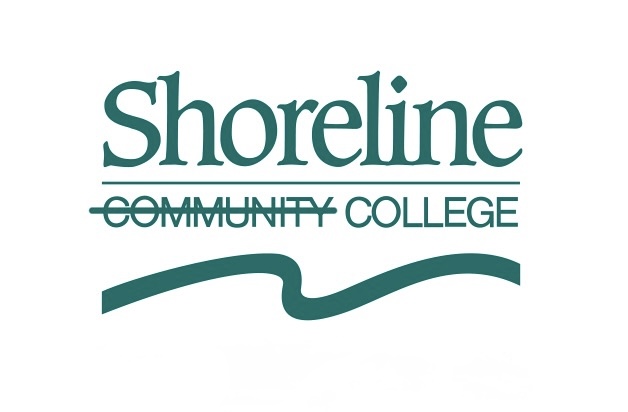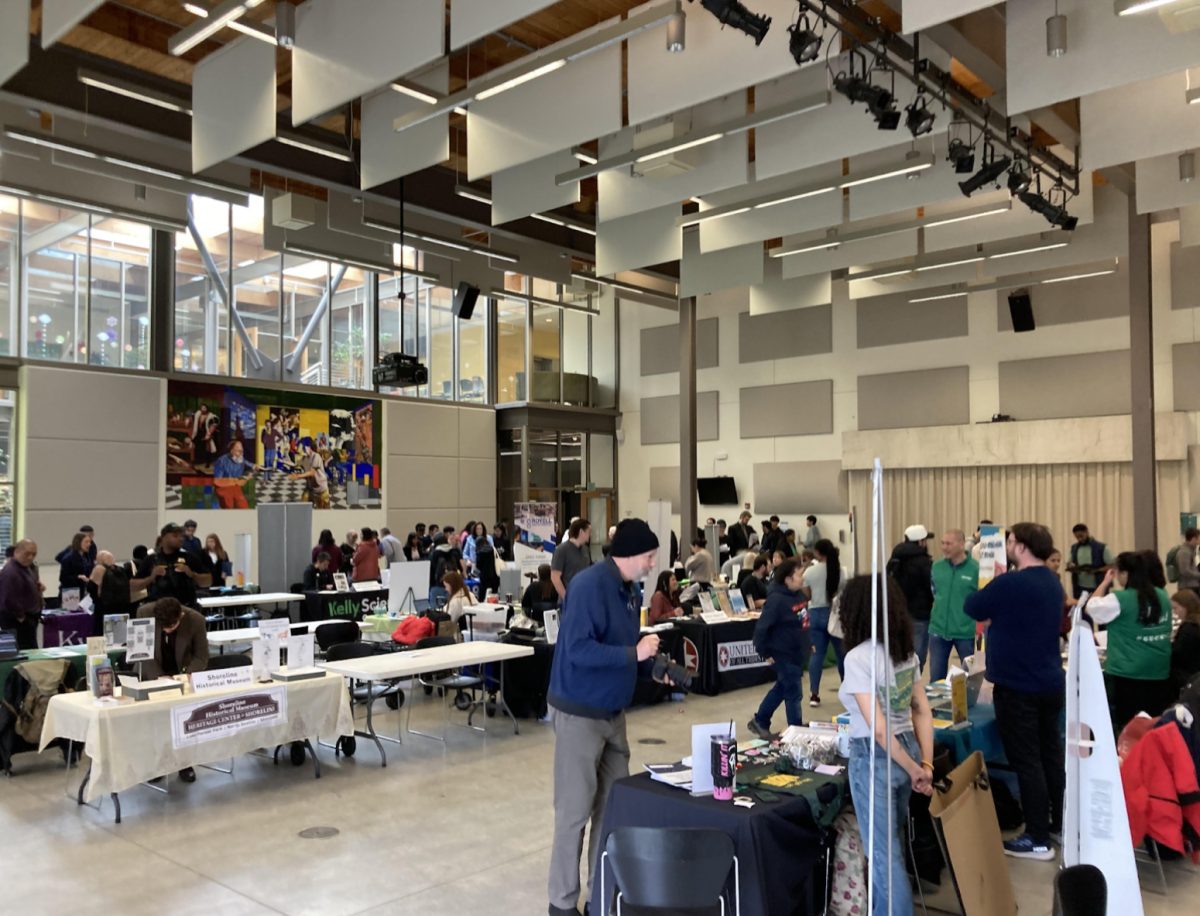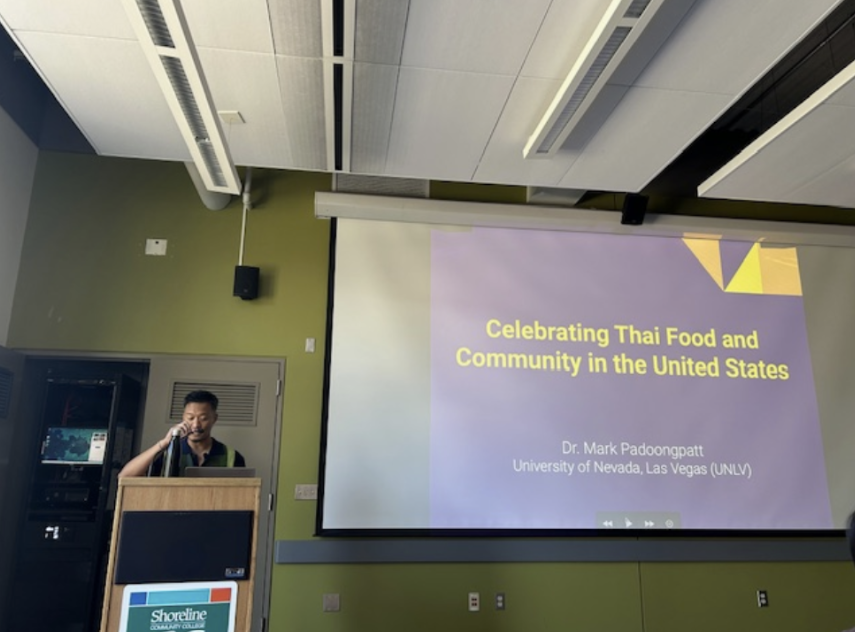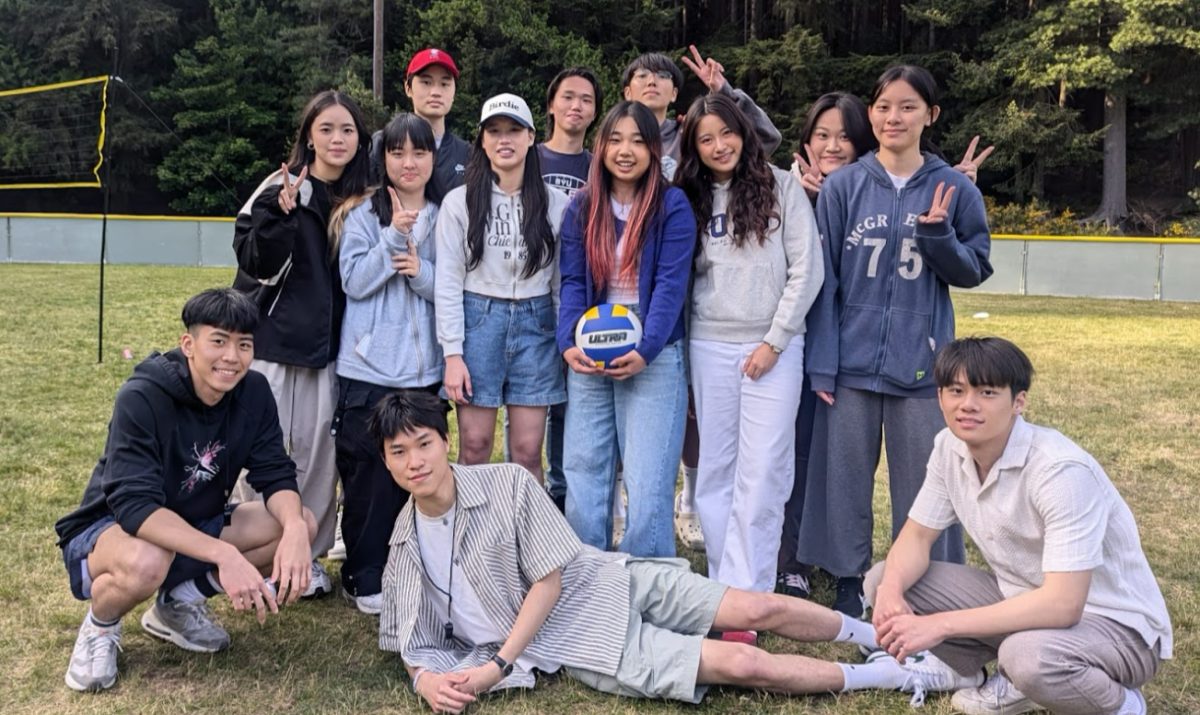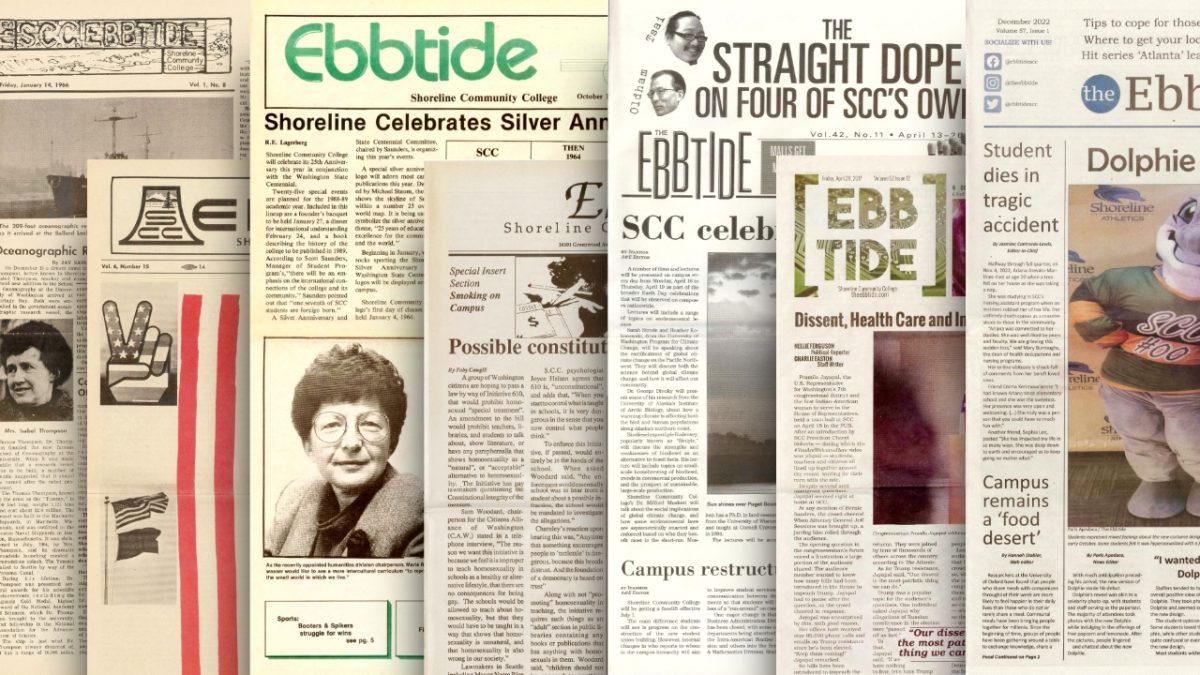INTERNATIONAL STUDENTS’ JOURNEY TO SCC
If you’ve been at SCC for even a short amount of time, you have probably noticed SCC’s student population isn’t made up of just domestic students, but also of international students hailing from all over the world. But of the nearly 1,500 community colleges scattered across the U.S., why SCC? And what is the process of getting here like? Find out more below.
Step One: Deciding To Study Abroad
A variety of reasons exist for why international students choose to attend community college in the U.S. Many want to continue on to a 4-year universities in the U.S., according to Dewi Astuti at the Indonesia-based SUN Education Group, and community college is often the most direct path to achieve that goal. For some students, it goes beyond than that.
“My dad always wanted me to study in America,” said second-year student Ploy Muenprasitivej, who originally comes from Thailand. “He really enjoyed studying here and he wanted me to have that (same) opportunity.”
And for students like Freeman Zhang, coming to the U.S. meant a difference in academic expectations.
“(In China) students worked really hard in high school and when they got into university, they (would) just relax and play games every day or miss class,” Zhang said. “I think American universities have a different atmosphere.”
Step Two: Finding A School Match
Many international students at SCC go through education agencies like SUN to get help during the process of becoming a student abroad. Part of this process is finding a school that will be a good fit for the student based on a number of factors, according to Kanpong Thaweesuk, director of the KorPunGun Center for Overseas Education, an international education agency based in Thailand.
Factors like age and high school completion may limit a student’s options, which is why a number of international students find themselves in Washington state, as it is one of the only states that allow for those under 18 to attend college and complete a high school diploma at the same time.
Why SCC specifically? For second-year student Farrell Fileas (originally from Jakarta, Indonesia), even though he had other options on his list, he ultimately settled on SCC for one reason: “It was because of the greens,” he said.
Fileas had never traveled to the area before, but even from pictures, he could see that the environment was different from the other colleges he was thinking about.
“I come from a city where everywhere I see is just high rises,” Fileas said. “I wanted to try out something new — you can’t see the greens right now, but in spring it’s pretty beautiful.”
Other common reasons cited? Easy urban access, strong academic programs and various services for international students.
Step Three: Applying for the School
Despite what conventional wisdom may have one believe, international students must apply (and be accepted) to a school before applying for a visa. Like most colleges, SCC requires students to submit an application fee ($50), previous academic records and financial documents. However, unlike some other schools, SCC does not require proof of English proficiency — instead, students who choose not to take any sort English proficiency test will have to enroll in ESL (English as a second language) or EAP (English for academic purposes) when they start school.
Upon acceptance, students receive a “Certificate of Eligibility for Nonimmigrant Student Status,” also known as the I-20 form, which is required to apply for a student visa, to enter the U.S. and to obtain a driver’s license or Social Security number.
Step Four: Applying for a Visa
Armed with a shiny, new I-20 form, the student now has to make an appointment with their home country’s U.S. Embassy to officially get the okay to come to the U.S. While students often described themselves as nervous going into the interview, for many SCC students, the process goes smoothly.
“Not all students pass the visa interview, but most will,” said Thaweesuk, speaking from his experience with Thai students.
Students need to confirm access to a legitimate financial sponsor (oftentimes parents, family) as well as their intent: If the embassy officer doesn’t think you plan on returning to your home country eventually, your chances of getting a visa drop to zero.
But for students like Fileas and his friends, this was not the case — the hardest part for them? Waiting in line.
“You wait in line outside (the embassy) for about half an hour to an hour,” Fileas said,
“and then you go inside … and then you wait another half an hour and then you actually go into the building, wait another 20 minutes, and then they interview you for five minutes.”
Step Five: Finding Housing Accomodations
The SCC admissions packet provided to international students upon admission includes information on what options are available for housing, according to Lisa Maroni, associate director for international outreach at SCC. One popular choice is the homestay, which has students reside with a local host family found through a number of homestay programs in the area. The programs pair students and families up based on the student’s preferences, like whether they want a house with pets or a house with kids, for example. But housing for international students isn’t limited to homestays — many students elect to stay in apartments near campus or share homes with other students.
Step Six: Staying in School
The process of being an international student doesn’t stop at customs. International students have to maintain a course load of at least 12 credits, according to Fileas, who also works as an international peer mentor, and they must be enrolled for at least three quarters before being allowed to take a vacation quarter.
By Areeya Tipyasothi,
Copy Editor


